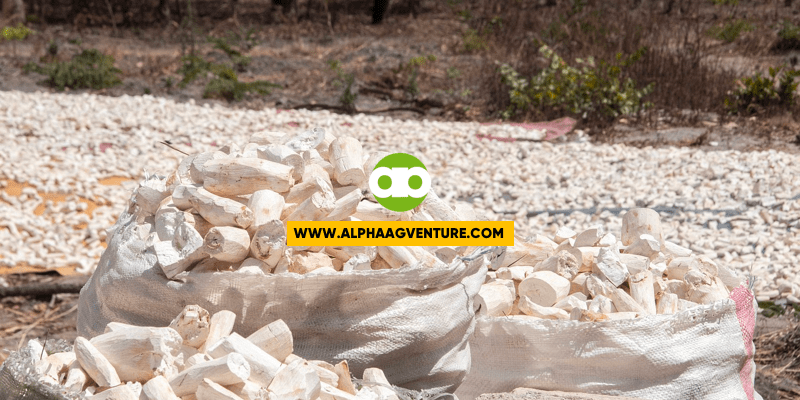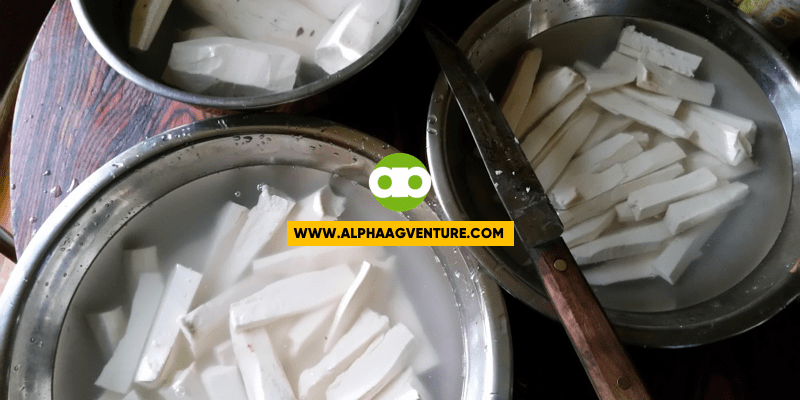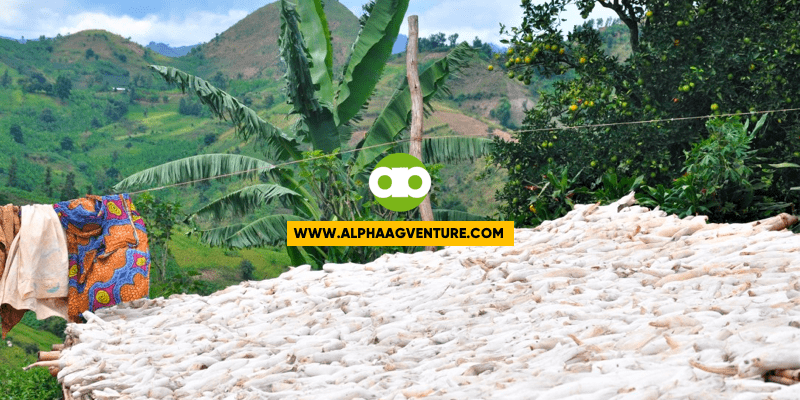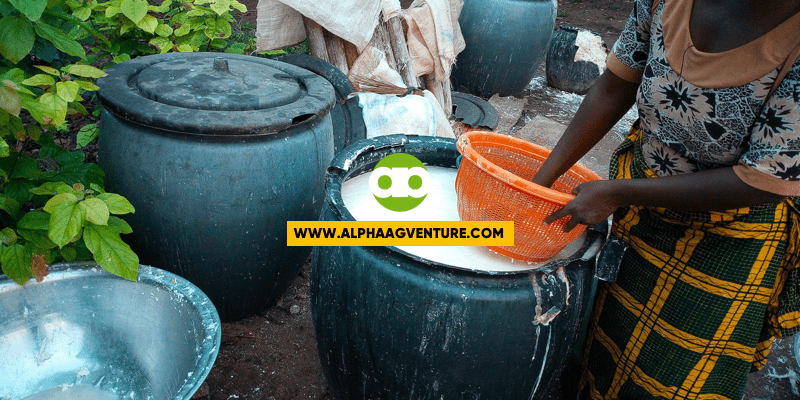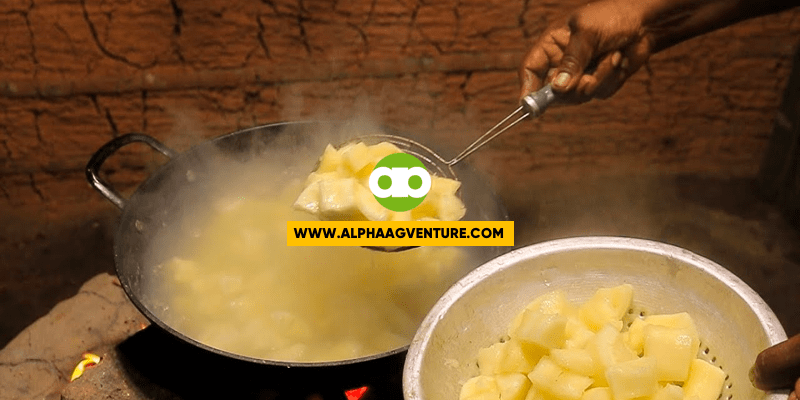Cassava (Manihot esculenta) is a widely cultivated crop known for its starchy tubers, which serve as an important source of carbohydrates for both humans and animals.
However, cassava contains naturally occurring cyanide compounds that can be toxic if not properly processed.
For backyard raisers who rely on cassava as a feed for pigs, it is important to follow specific steps to eliminate the cyanide content effectively.
In this article, I will show you the procedure to safely prepare cassava as pig feed, with steps that are easily doable by backyard raisers like you.
Step 1: Harvesting Cassava
When selecting cassava for pig feed, choose mature plants that have reached the appropriate harvesting age, typically between 8 to 12 months after planting.
Mature cassava plants have larger tubers and a lower cyanide content compared to younger plants.
Step 2: Proper Peeling
After harvesting, remove the outer peel of the cassava tubers using a knife or peeler.
Ensure that the peeling is thorough to eliminate any potential cyanide residue on the surface.
Step 3: Soaking
Submerge the peeled cassava tubers in clean water for a minimum of 24 hours.
This soaking process helps leach out the cyanide compounds from the cassava.
Change the water at least once during this period to further enhance the removal of cyanide.
Step 4: Drying
After soaking, spread the cassava tubers in a well-ventilated area to dry.
Direct sunlight exposure is ideal, as it aids in the breakdown of cyanide compounds.
However, know that the nutritive value will be degraded if you expose the cassava to sunlight.
That’s the trade-off between prioritizing the removal of the cyanide content and keep as much as nutritional value as possible.
As I said in my previous videos, “You cannot have the best of both worlds most of the time if not all the time.”
Allow the cassava to dry completely, ensuring that there is no moisture left.
Step 5: Grinding or Chopping
Once the cassava tubers are dry, grind or chop them into smaller pieces.
Smaller particles increase the surface area, facilitating faster and more efficient cyanide breakdown during subsequent processing.
Step 6: Fermentation
Fermentation is a vital step in further reducing the cyanide content of cassava.
Place the ground or chopped cassava in a clean container or sack and cover it tightly.
Leave it undisturbed for at least three days, allowing the cassava to undergo fermentation.
This process breaks down residual cyanide and enhances the overall nutritional value of cassava.
Step 7: Boiling or Cooking
To ensure the complete removal of cyanide, boil or cook the fermented cassava before feeding it to pigs.
Use sufficient water to cover the cassava and boil it for at least 30 minutes.
If cooking in larger quantities, extend the boiling time accordingly.
After boiling, drain the water and let the cassava cool before offering it to your pigs.
Step 8: Feed Preparation
Mix the boiled cassava with other balanced pig feed ingredients, such as grains, vegetables, and protein sources, to create a nutritionally complete diet for your pigs.
Ensure the cassava comprises a suitable portion of the overall feed ration to avoid imbalances.
Backyard raisers who use cassava as pig feed must be aware of the potential dangers associated with its cyanide content.
By following the steps I outlined above, you can effectively eliminate the toxic cyanide compounds present in cassava.
Harvesting mature cassava, proper peeling, soaking, drying, grinding, fermenting, boiling, and mixing cassava with other feed ingredients are all critical steps in this process.
With careful attention and adherence to these steps, you can safely utilize cassava as a valuable component of your pig feed, promoting healthy growth and overall well-being in your swine population.
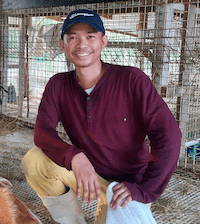
Mr. Jaycee de Guzman is a self-taught agriculturist and the founder and patriarch of Alpha Agventure Farms, recognized as the leading backyard farm in the Philippines. With a rich background in livestock farming dating back to the early 1990s, Mr. de Guzman combines his expertise in agriculture with over 20 years of experience in computer science, digital marketing, and finance. His diverse skill set and leadership have been instrumental in the success of Alpha Agventure Farms.



